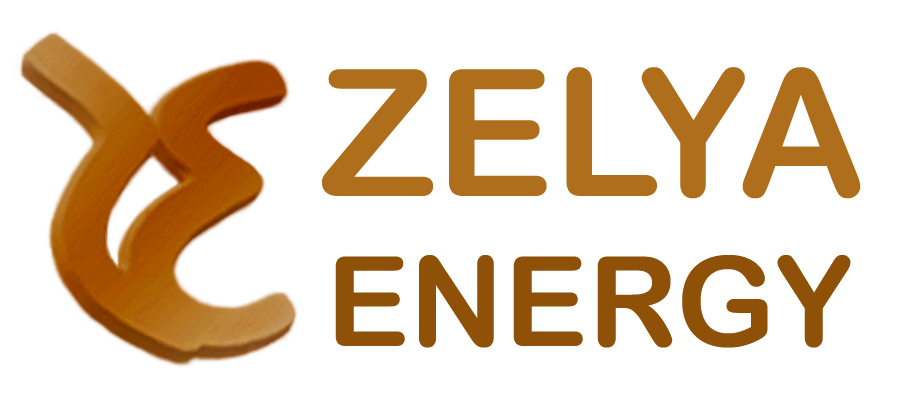As of October 7, 2012, the first H97 type purchase obligation contracts, signed 15 years earlier, will expire: this marks the end of the purchase obligation for many owners of hydroelectric plants.
If the power plant is not shut down, and if the power plant is not for sale, three strategies are possible for an investor:
- New Plant. They can invest in a new power plant that benefits from the H07 decree. Typically, for this investment, it costs approximately €3M/MW;
- Renovated Plant. They can invest in renovating an existing power plant eligible for the H07 directive, provided the investments made reach the ceiling, which may be in the order of €1M/MW.
- Existing Plant. They can invest in a fully-depreciated hydroelectric plant whose production is sold on the market.
The purchase obligation tariff (H07 regime) is the same for new and renovated power plants.
To simplify, we will assume that net cash flows grow at a constant rate over the period of financial evaluation.
Invest in a new plant or renovate an existing one?
The net present value (NPV) of a new or renovated power plant is as follows:

In this equation:
- I0 = investments (they can be 3 times higher in the case of a new power plant than in the case of a renovated power plant);
- T0 = purchase obligation rate in the first year;
- p = rate of inflation of the purchase price;
- x = discount rate.
Renovation has been politically incentivized
When the renovation decree was adopted, the underlying idea was to grant the benefit of the purchase obligation for a significant investment. Specifically, it was necessary to ensure that all power plants benefit from at least the same internal rate of return (IRR). Thus, by making renovation investments, an existing power plant should have an economic return at least equivalent to that of a new power plant.

The chart above shows that the IRR of a renovated power plant is always higher than that of a new plant. The reason is simple: both plants benefit from the same tariff decree (H07), while the level of investment required is significantly lower for the renovated plant (2 to 4 times less). In other words, the renovation decree is an expression of a State incentive policy in favor of renovating existing hydroelectric power plants, as opposed to a policy that would have favored new power plants.
Of course, this chart does not pre-judge the length of administrative procedures associated with renovation or development of a power plant, nor the realism of the investment threshold to be reached to be eligible for the renovation decree.
